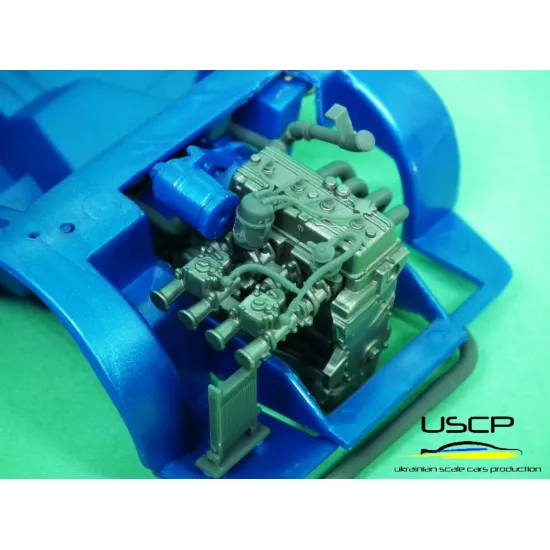How to Achieve Professional-Quality Finishes on Plastic Models
How to Achieve Professional-Quality Finishes on Plastic Models
Blog Article
Model sets have now been acquiring the imaginations of hobbyists for decades, changing from easy models into elaborate operates of craftsmanship. Their success during record could be attributed to a mix of advancing technologies, cultural adjustments, and a passionate community of enthusiasts.
Early Beginnings of Model Kits
The source of plastic model kits could be tracked back once again to the first 20th century, mostly in Europe and the United States. Initially, design kitswere handcrafted wooden reproductions, often of vessels or jets, developed as education tools for technicians or naval cadets. These systems needed significant ability to accomplish, as directions were small, and the pieces were rough.

By the 1930s, the process became more consumer-friendly as companies like Frog and Monogram began providing balsa wood jet kits. These systems catered to hobbyists and introduced simple pre-cut types, creating them available to a broader audience.
The Plastic Revolution
The 1950s marked an important turning level in the evolution of model kits. The release of injection-molded plastic changed the industry. Organizations like Revell and Airfix took the lead, providing comprehensive design packages presenting tanks, aircraft, and vehicles. This new product permitted for larger detail in manufacturing and provided simpler construction for users.
In conjunction with the post-war growth of middle-class leisure time, model-building quickly became a favorite pastime for children and adults alike. Like, 1967 found the discharge of the Saturn V rocket model through the Space Battle period, moving community interest to room exploration-themed models.
Model Kits in Pop Culture
The latter 50% of the 20th century saw model products entrenched in pop culture. Movies and television shows turned critical people of curiosity, with operations like Celebrity Conflicts and Celebrity Trek striking a wave of sci-fi kits. China also played a pivotal role in this time, with the introduction of mecha-centric sets like Bandai's Gundam collection in 1980.

Today's Enduring Demand
Despite breakthroughs in engineering, including electronic simulations and game titles, the design kit business remains strong. Companies now provide very detailed packages applying computer-aided style (CAD), 3D making, and laser chopping, ensuring precision and precision. Moreover, the increase of on line communities, boards, and social networking has empowered contractors to fairly share practices, display completed performs, and interact with like-minded hobbyists globally.
The enduring attraction of model systems lies not only inside their elaborate patterns but in addition in the feeling of success they give after hours of assembly. Today, they continue to link ages, mixing history, art, and engineering right into a single rewarding hobby. Report this page